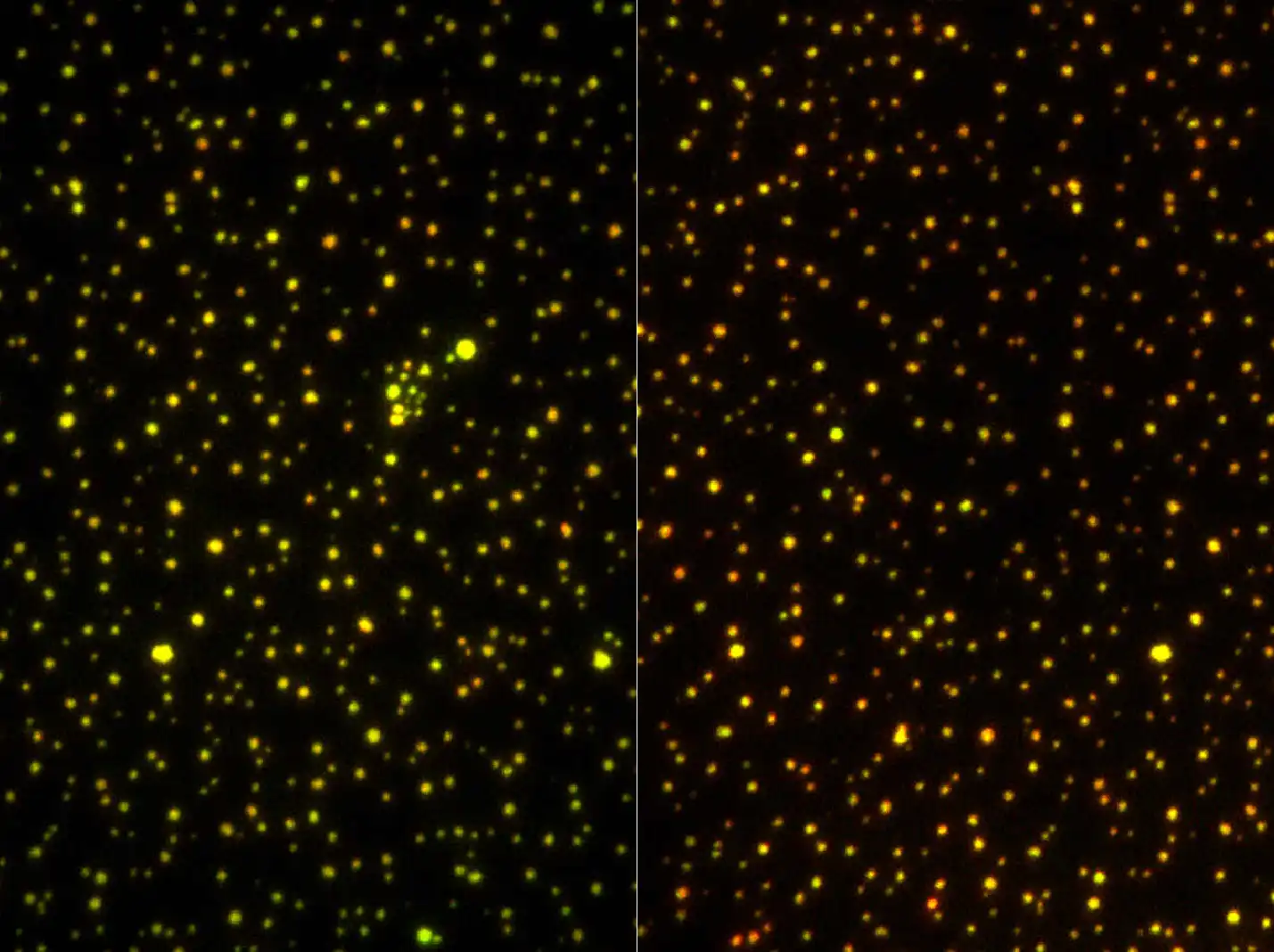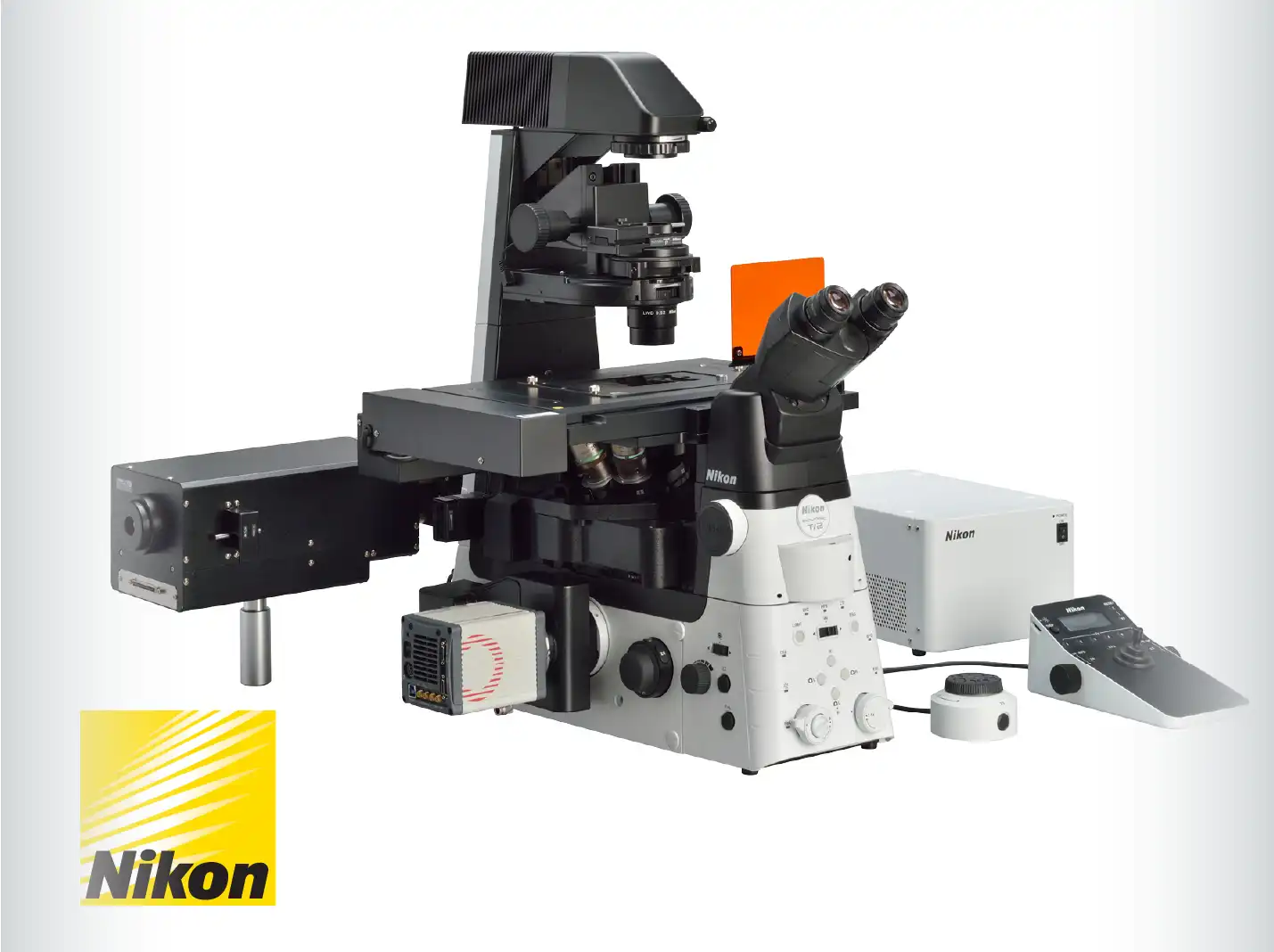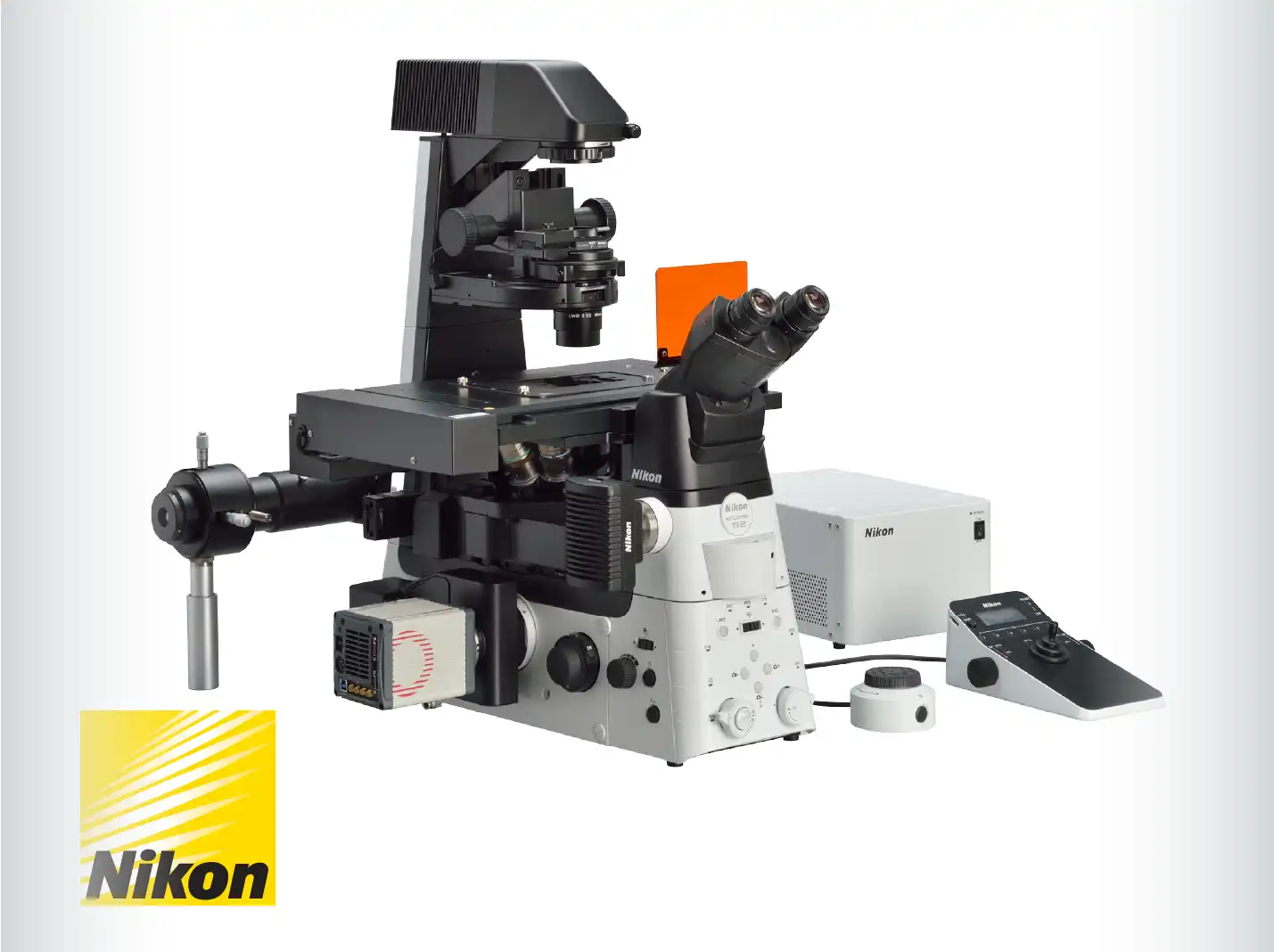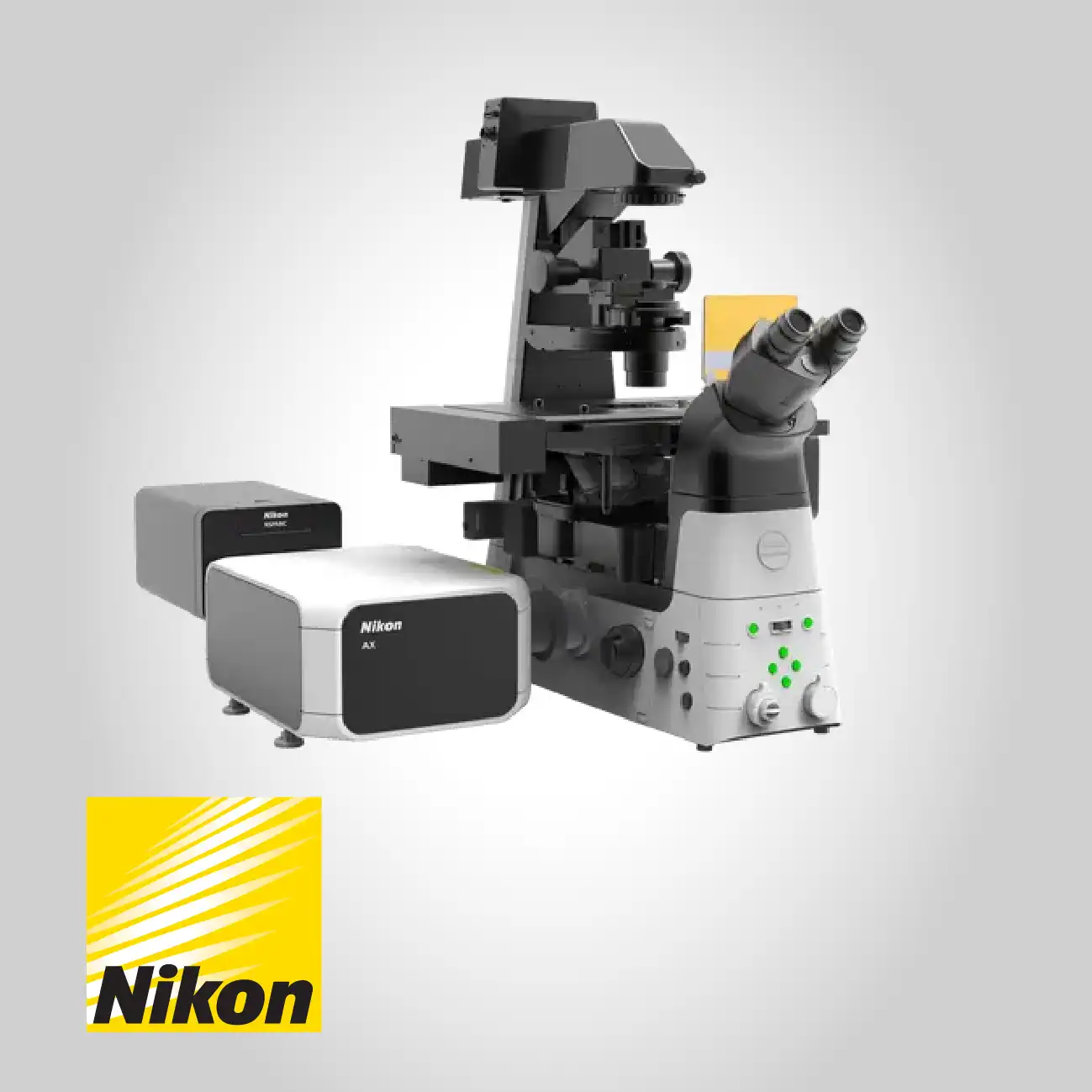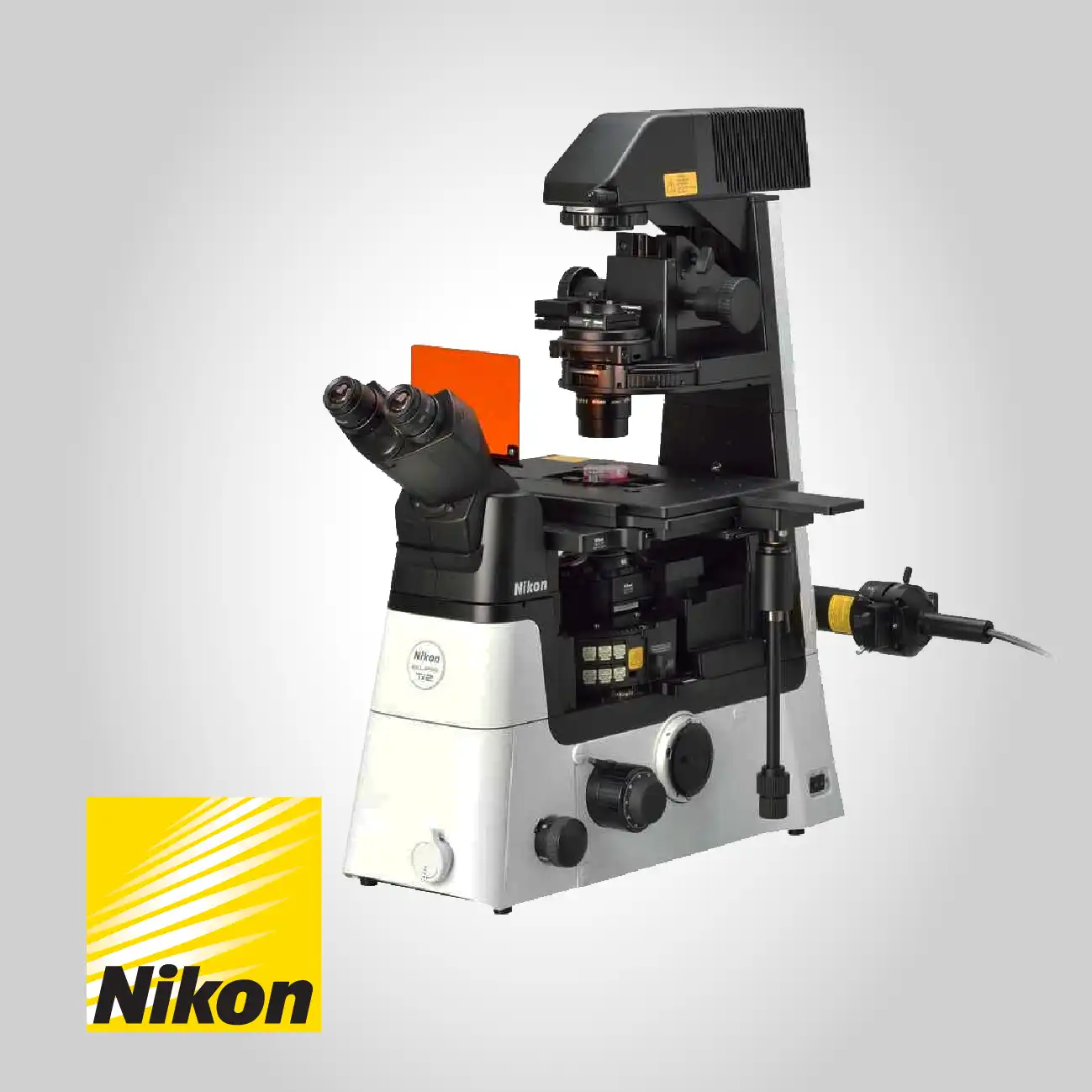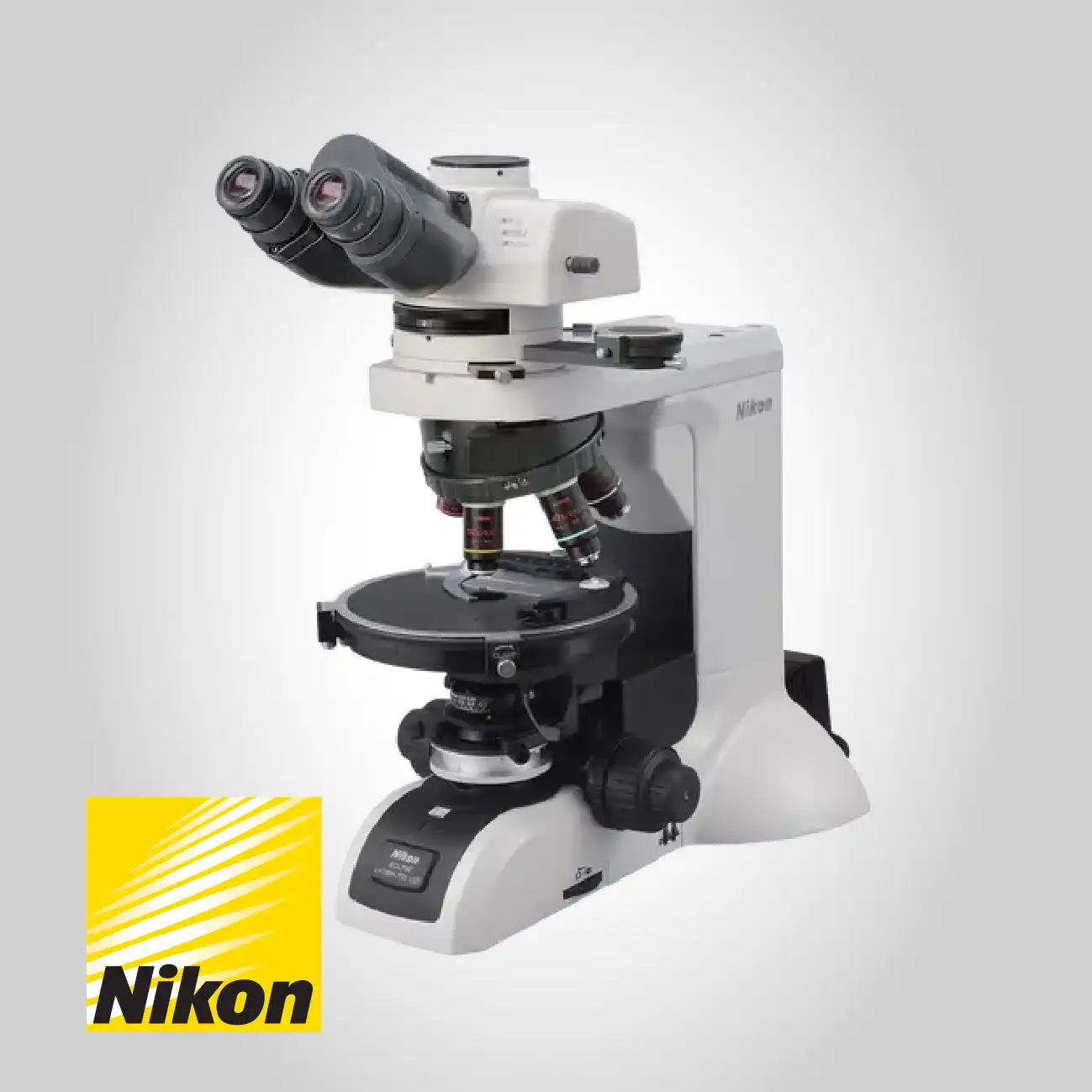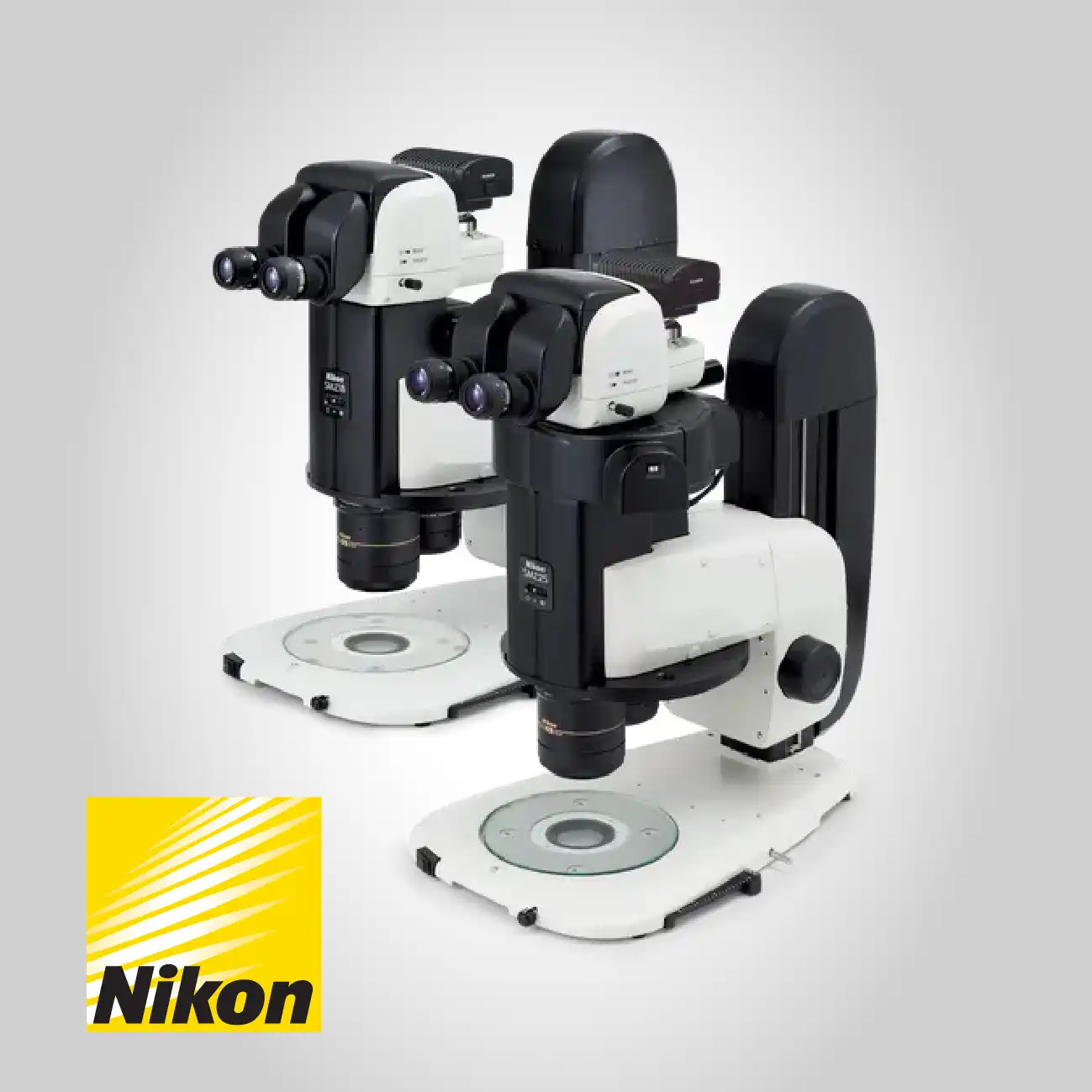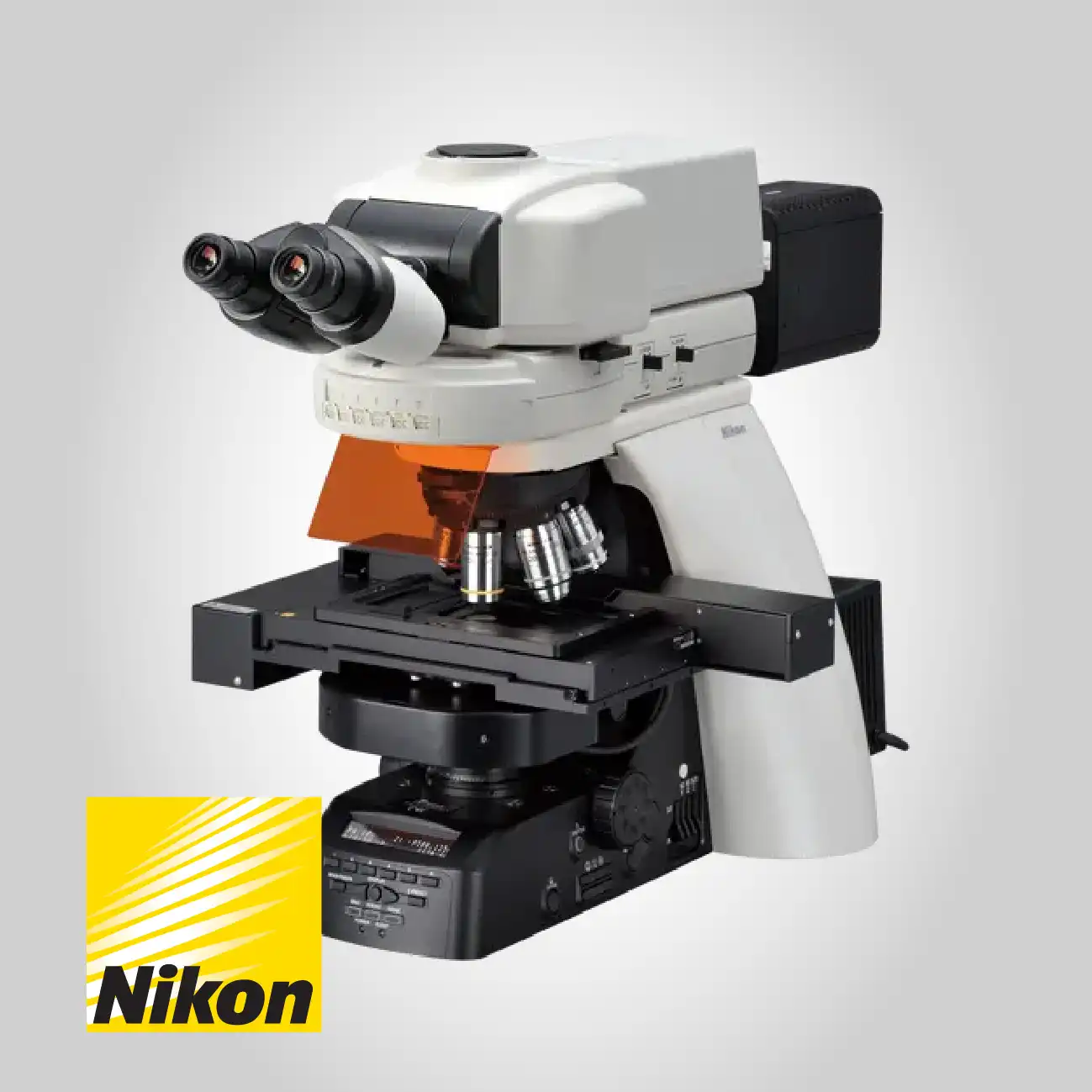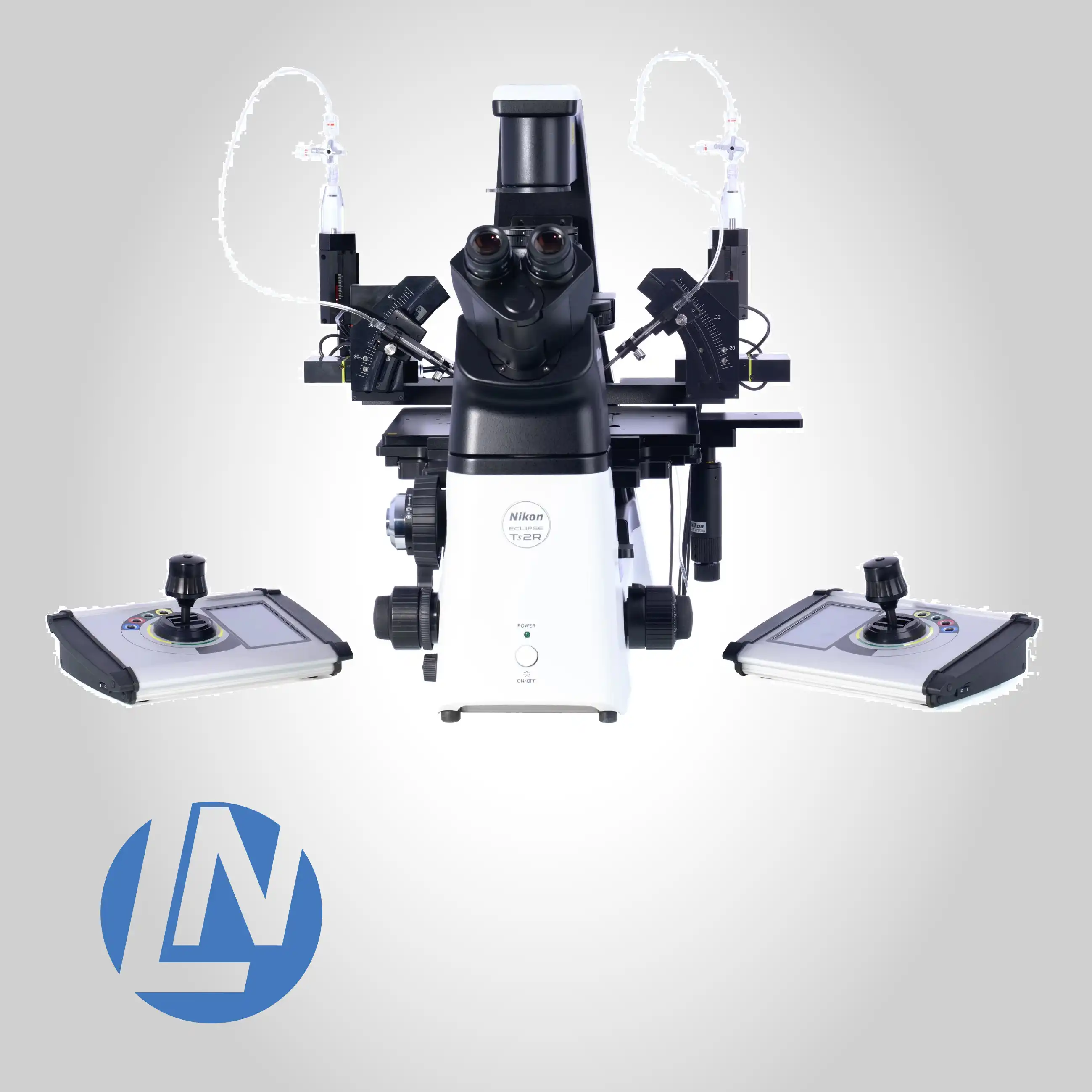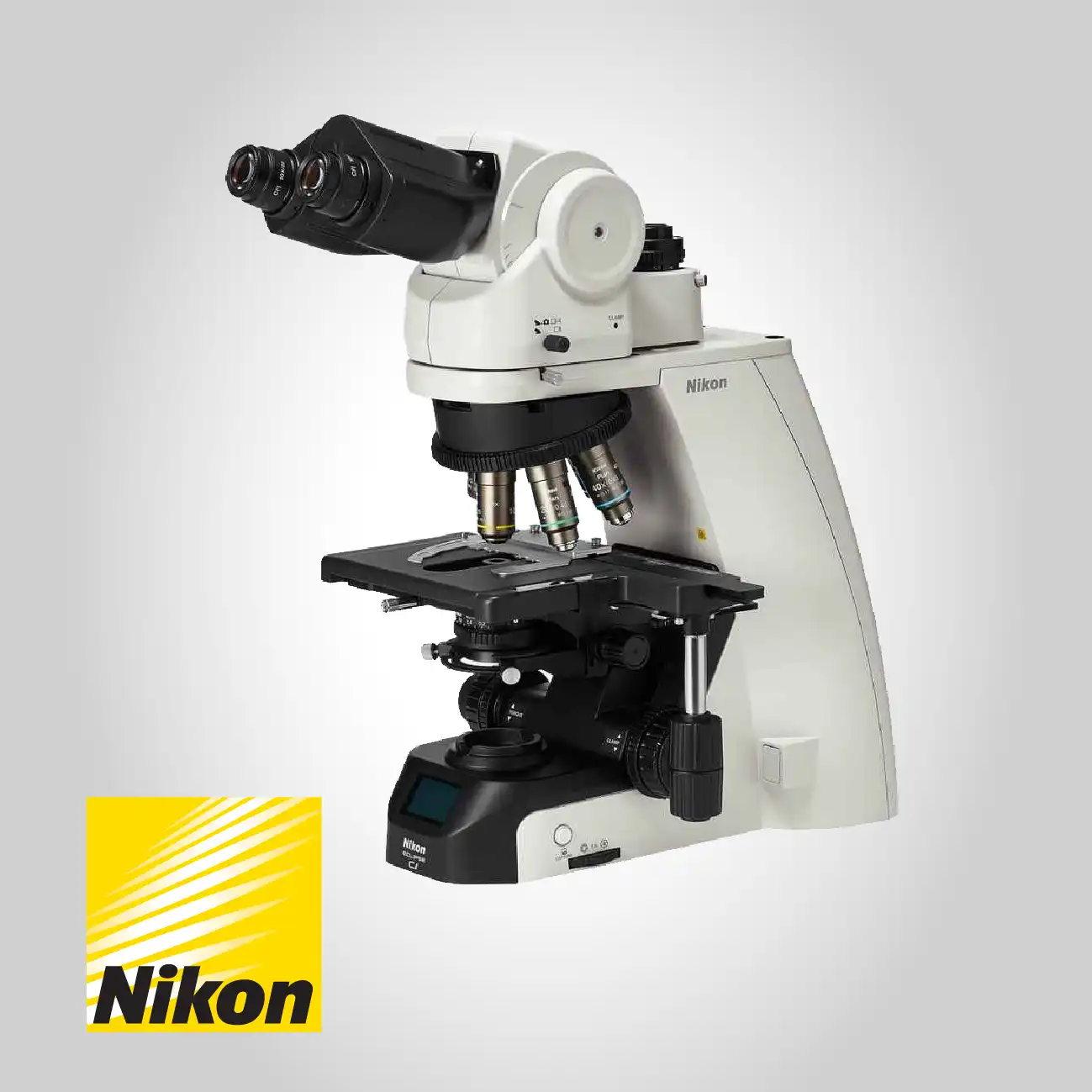
Home » Products » Microscopy & Imaging Systems » Microscopes & Optics » Nikon TIRF & Photo-stimulation Microscopes
Nikon TIRF & Photo-stimulation Microscopes
Precision Imaging and Targeted Manipulation
Nikon TIRF & Photo-stimulation Microscopes
Total Internal Reflection Fluorescence (TIRF) and photo-stimulation microscopy represent advanced modalities that solve long-standing problems in live-cell and IVF imaging. TIRF enables visualization of events near the cell membrane—such as vesicle trafficking or fertilization dynamics—with unmatched signal-to-noise ratio. Nikon’s systems combine TIRF with super-resolution and confocal modules for multimodal imaging. Photo-stimulation adds the ability to manipulate cellular activity with light, enabling precise control of embryo development pathways or protein function. Together, these tools allow IVF and biomedical researchers to not only observe but also actively influence cellular processes in real time.
A major limitation of conventional fluorescence microscopy is poor signal-to-noise when imaging near the plasma membrane. Events like sperm–egg fusion or vesicle release occur within ~100–200 nm of the cell surface, making them difficult to detect. Nikon’s TIRF modules exploit the evanescent field to selectively excite fluorophores in this shallow region, eliminating background from deeper structures. This produces images with unparalleled clarity, allowing IVF researchers to study fertilization dynamics with precision.
Phototoxicity remains a constant concern in IVF imaging, as excessive illumination can compromise embryo viability. TIRF minimizes light exposure by restricting excitation to a thin surface layer, reducing photodamage compared to widefield or confocal approaches. This enables repeated, long-term imaging of embryos without affecting their development—an essential factor in IVF research where embryo safety is paramount.
Dynamic cellular processes demand both temporal and spatial precision. Nikon TIRF systems integrate high-speed cameras and resonant scanning to capture rapid events such as vesicle docking, membrane receptor activation, or fertilization entry points. With millisecond temporal resolution, researchers can observe processes in real time, linking structure to function in unprecedented ways.
Reproducibility is often compromised by variability in illumination and focus stability. Nikon addresses this with motorized TIRF angle control, automated calibration, and software integration via NIS-Elements. These features standardize experiments, ensuring that results are consistent across operators and time. For IVF labs, this reduces subjective bias and provides traceable data for embryo assessments.
Traditional microscopes are limited to passive observation, but IVF and biomedical research increasingly demand tools for active cellular manipulation. Nikon’s photo-stimulation modules use precise laser illumination to activate or inhibit cellular pathways, enabling optogenetic control of protein function or developmental signals. This transforms microscopes from observation devices into interactive research tools.
A common issue in photo-stimulation is off-target activation, which reduces specificity and confounds results. Nikon’s galvo-driven laser steering and precision region-of-interest targeting solve this by restricting stimulation to defined cellular compartments. This ensures that only intended structures are activated, increasing the reliability and interpretability of experiments.
Integrating observation and stimulation in one system reduces complexity and cost. Nikon combines TIRF, confocal, super-resolution, and photo-stimulation into unified platforms, allowing labs to switch seamlessly between imaging and manipulation modes. This multimodal capability reduces equipment redundancy, saves bench space, and accelerates workflows in IVF and research environments.
Durability and stability are crucial in high-throughput labs that require daily operation. Nikon TIRF and photo-stimulation systems are built on the ECLIPSE Ti2 platform, with vibration-free mechanics, motorized control, and robust laser modules. This ensures years of reliable use with minimal maintenance. For IVF labs, such reliability protects both patient outcomes and long-term investment.
Read more about Nikon TIRF & Photo-stimulation Microscopes





